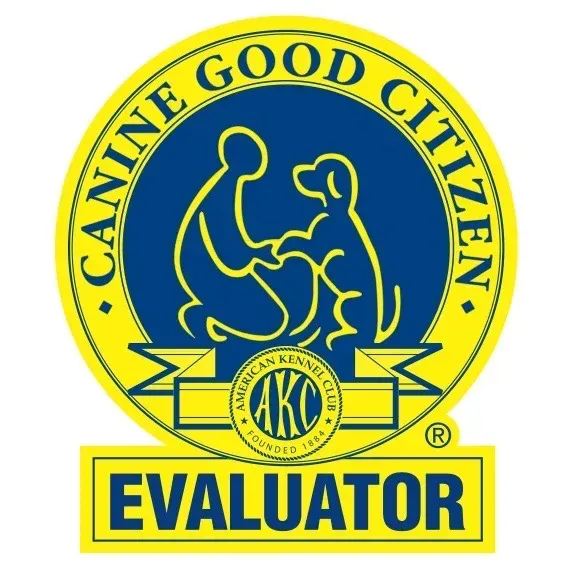Blog

Warm-ups for Pups!
“What seems impossible today will become your warm-up tomorrow.”
Whether you are working with your dog on basic manners, sports training, or behaviors related to fear, stress, or anxiety it can be tempting to dive right back to where you ended last time. However, our dogs need time to warm up those training muscles just like athletes, singers, or dancers before the big event.
If you are consistent about setting aside time for warm-up activities, your dog should be able to get into the groove quickly and be ready for the main exercises you have planned for the day. Warm-up exercises can also be a tool to let you know how your dog is doing. For example if you start your warm-up exercises and notice your dog isn't interested in the treats, is moving weird, or isn't responding as they usually do then you know something may be off and you should check that out before moving forward with the training plan for the day. It could also mean your dog is a little extra sleepy and you need to extend your warm-up session.
Where should you do your warm-up exercises?
The short answer for this question and the question below is "it depends on the dog". Here are some guidelines so you can start to make your own list of locations for warm-up sessions.
You want to pick a low distracting environment where you know your dog feels safe, comfortable, and confident. If that is not possible then the second best option is to try to find a spot where you can take the most distance from triggers and distractions where people and other dogs are less likely to engage with you.
For many sports and agility folks, they often use their car as their dog's safe space in a new or highly distracting environment so if you are traveling with your dog by car, then you can do warm-up exercises in or near your car.
How long should your warm-up session be?
Again the short answer is "it depends"! However, here are some factors and variables to consider when planning your warm-up sessions.
How long can your dog typically train for?
Are there any medical conditions you need to consider? If your dog is on a limited physical activity schedule or has pain/discomfort then you may need to adjust the time.
Weather conditions if you are working outside. Pay attention to and respect weather warnings.
Are you working in a high distraction environment or in a new environment? If the environment is very stimulating to your dog, then you may need a longer warm-up session.
How long does your dog need to process information and cues?
Typically, dogs do well when warm-up sessions are between 5-10 minutes long. Sometimes dogs need longer because there is a lot in the environment they need to process and take in.

Examples of warm-up exercises?
Check-Ins -
For warm-ups I like using unprompted check-ins. A prompted check-in is commonly known as the "name game" or "name recognition" where you say your dog's name and when they look at you, they get a treat. Another example of a prompted check-in is the "look at me" behavior.
Unprompted check-ins is when you wait for your dog to look in your direction of their own volition and then you mark and treat them for the behavior. The reason I prefer the unprompted check-in as a warm-up is because it allows the dog to sniff and explore their environment and then allows them to choose when they want to engage with me. It also helps me gauge when they are more connected to their learning brain if my dog suddenly offers me a lot of check-ins.
Find It -
Find it is a great training game with many uses. I enjoy "find it" as part of my warm-up repertoire because the criteria is very low and it is another way for my dog to start to engage with me.
Here is a Whole Dog Journal article by Nancy Tucker on the benefits of "find it".
Depending on what your primary training goals are remember to resist the temptation to use "find it" to lure your dog somewhere or towards something.
Pattern Games -
If you would like a list of all the pattern games you can find them in Leslie McDevitt's books.
The three I prefer as warm-up exercises are the "take a breathe", "up/down", and "ping pong". For all of these pattern games, you will need to help your dog create a strong foundation with these behaviors inside the home before you try to use them in a warm-up session outside of the home.
Touch -
"Touch" is a targeting behavior. There are a couple of variations of "touch" so if your dog already knows one form and it's different than the one I am describing, that is totally ok! And you can use the one your dog is familiar with. The variation of "touch" I usually teach is where I can dogs to target my hand with their nose. Advanced "touch" behaviors can include moving your hand and asking your dog to target your hand while it is moving or to increase the distance your dog has to cover to "touch" your hand.
For a warm-up I'd only ask for the basic form which means keeping your hand stationary and close to your dog's face. This way we are keeping the challenge level as low as possible to give your dog some early wins.

If you already have a warm-up routine with your pup, I'd love to hear about it!
pawsome pupstars
Office:
118 8th Avenue
Brooklyn, NY
Email:
pawsomepupstars@gmail.com
Site: www.pawsomepupstars.com/




